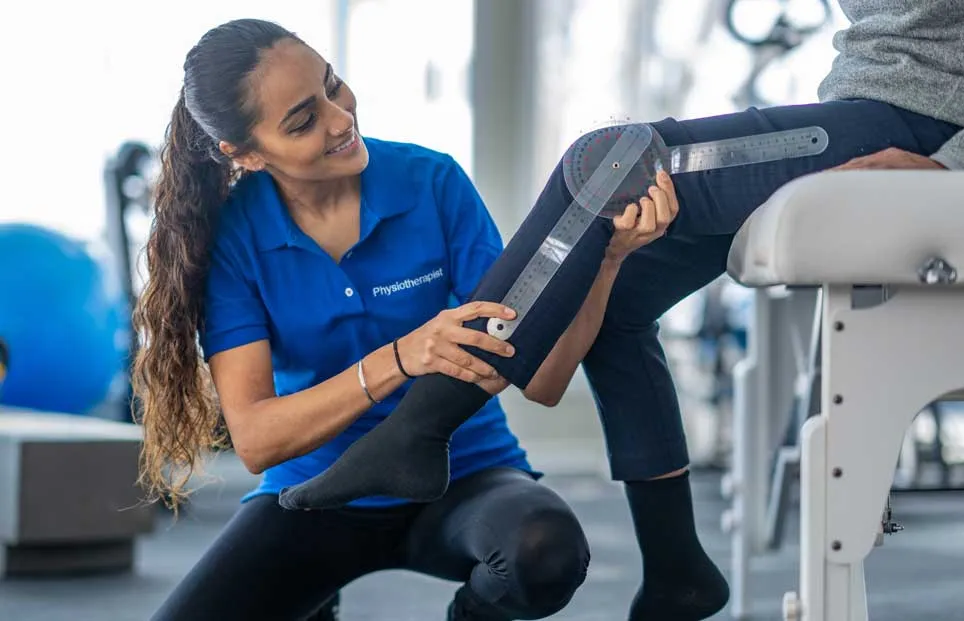Enhancing Rehabilitation Results Through Effective Practical Movement Assessment Guidelines
Enhancing Rehabilitation Results Through Effective Practical Movement Assessment Guidelines
Blog Article
Operational Movement Screening (FMS) is a beneficial tool used to evaluate an individual's mobility mechanics. This assessment helps determine any weaknesses or discrepancies in the musculoskeletal system, which can lead to injuries if not corrected. In rehabilitation settings, FMS can serve a crucial role in improving recovery results. By understanding how each individual navigates, healthcare professionals can design focused rehabilitation plans that focus on enhancing strength, mobility, and general function.
One of the main benefits of using FMS in recovery is its ability to pinpoint particular areas that need enhancement. For example, if a client struggles with squat movements or lunging, it may indicate a deficiency of flexibility in their hips or ankle joints. This information allows clinicians to create customized fitness regimens that highlight correcting these shortcomings. As a consequence, patients are more likely to recover their strength and ability, which is essential for resuming check to daily tasks or sports.
Incorporating effective FMS protocols can also assist prevent future harm. Many injuries occur due to poor mobility mechanics or excessive use of specific muscle clusters. By screening individuals before they begin a rehabilitation plan, clinicians can identify hazards and establish approaches to minimize them. Educating patients about proper mobility right here patterns and enhancing underdeveloped areas can lead to long-term benefits, ensuring that they stay active and healthy.
Additionally, the use of FMS can improve dialogue between healthcare professionals and patients. When patients see their mobility patterns evaluated and explained, they gain a better comprehension of their rehabilitation journey. This clarity fosters trust and motivates patients to take an active role in their rehabilitation. By engaging patients in their rehabilitation process, they are more likely to follow to recommended exercises and behavioral adjustments that promote better results.
In conclusion, enhancing recovery results through effective operational movement screening procedures is crucial for both patients and healthcare providers. By precisely assessing movement mechanics, therapists can create tailored rehabilitation plans that meet specific needs. This not only aids in recovery but also assists avoid future injuries. As patients become more engaged in their recovery journey, they are likely to attain their objectives and maintain a healthy, engaged lifestyle.